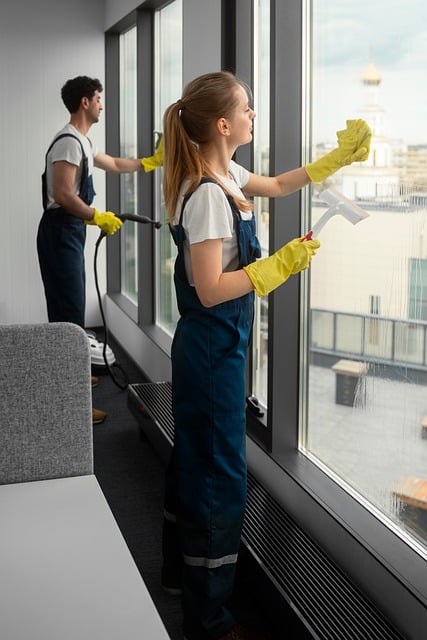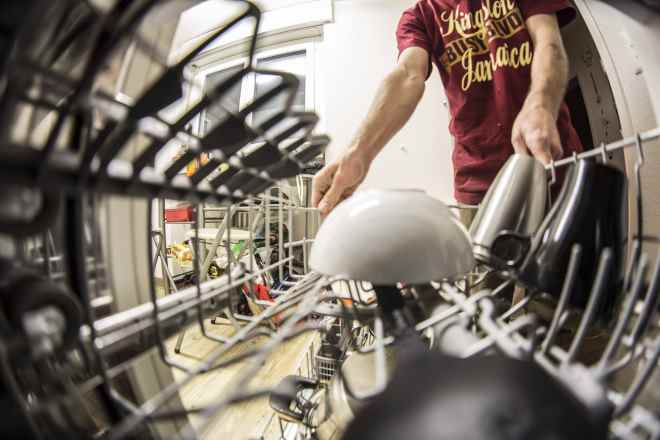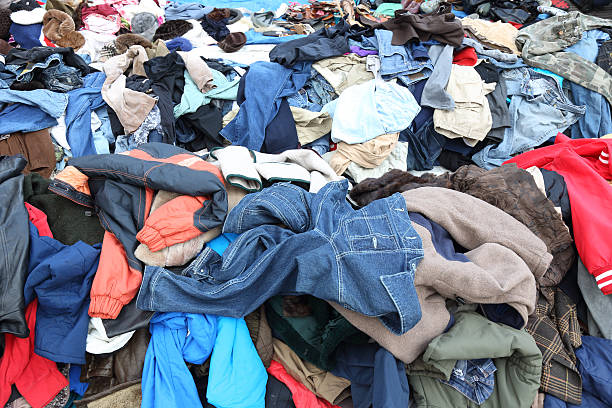Choosing the Right Office Cleaning Service
Office cleaning often raises practical questions: Is the schedule appropriate? Is the frequency sufficient? Are all key areas covered? Service providers offer different options, which can make comparisons challenging. This article outlines the main types of office cleaning services, their common features, and typical scheduling methods. With this overview, it becomes easier to balance budget, requirements, and efficiency, while avoiding uncertain or uninformed decisions.

Finding a cleaning schedule that truly fits the office
Establishing an effective cleaning schedule requires understanding your office’s unique operational patterns and cleaning requirements. Daily cleaning needs typically include emptying bins, sanitising high-touch surfaces, and maintaining restrooms, while weekly tasks might involve vacuuming carpets, mopping hard floors, and cleaning windows. Monthly deep cleaning services often cover areas like air vents, light fixtures, and detailed sanitisation of workstations.
Consider your business hours when determining cleaning frequency and timing. Some offices benefit from after-hours cleaning to avoid disrupting daily operations, while others prefer morning cleaning sessions before staff arrive. Flexible scheduling arrangements allow for adjustments during busy periods, special events, or seasonal variations in office occupancy. Many cleaning services offer customisable packages that accommodate specific timing preferences and frequency requirements.
Understanding what each service actually covers
Professional office cleaning services typically offer varying levels of coverage, from basic maintenance to comprehensive deep cleaning solutions. Standard services generally include dusting surfaces, vacuuming or mopping floors, emptying waste bins, cleaning restrooms, and sanitising common areas like kitchens and break rooms. These fundamental services maintain day-to-day cleanliness and hygiene standards essential for productive work environments.
Specialised services often extend beyond routine cleaning to include carpet steam cleaning, window washing, upholstery maintenance, and detailed sanitisation of electronic equipment. Some providers offer additional services such as floor waxing, tile and grout cleaning, or post-construction cleanup. Understanding the specific inclusions and exclusions in service packages helps avoid misunderstandings and ensures all cleaning requirements are adequately addressed through the selected provider.
Balancing budget while keeping a clean office
Effective budget management for office cleaning services requires balancing cost considerations with quality standards and coverage requirements. Service pricing typically depends on factors including office size, cleaning frequency, service scope, and location. Businesses can optimise cleaning budgets by prioritising essential services, scheduling less frequent deep cleaning sessions, and negotiating package deals for multiple services.
Cost-effective approaches include focusing cleaning efforts on high-traffic areas and client-facing spaces while reducing frequency in less-used areas. Some businesses combine professional cleaning services with basic daily maintenance performed by staff members, creating hybrid solutions that maintain cleanliness standards while managing expenses. Long-term contracts often provide better rates than short-term arrangements, though flexibility requirements should be considered when committing to extended agreements.
| Service Provider | Monthly Cost (Small Office) | Monthly Cost (Medium Office) | Services Included |
|---|---|---|---|
| ISS Facility Services | $400-600 | $800-1,200 | Basic cleaning, restrooms, waste removal |
| Compass Group | $450-650 | $900-1,300 | Standard cleaning, kitchen maintenance, sanitisation |
| Spotless Group | $380-580 | $750-1,150 | Floor care, surface cleaning, bin emptying |
| Local cleaning services | $300-500 | $600-1,000 | Customisable packages, flexible scheduling |
Prices, rates, or cost estimates mentioned in this article are based on the latest available information but may change over time. Independent research is advised before making financial decisions.
Evaluating service quality and reliability
Quality assessment involves examining cleaning standards, staff training, equipment quality, and consistency of service delivery. Reputable cleaning services employ trained staff, use professional-grade equipment, and follow established protocols for different cleaning tasks. Regular quality checks and feedback mechanisms ensure services meet expected standards and allow for prompt resolution of any issues.
Reliability factors include punctuality, staff consistency, and responsive communication. Services that assign dedicated teams to specific offices often provide better continuity and familiarity with particular cleaning requirements. Insurance coverage, bonding, and proper licensing protect businesses from liability issues and ensure professional standards are maintained throughout the service relationship.
Making the final selection decision
The selection process should involve obtaining detailed quotes from multiple providers, checking references from similar businesses, and conducting trial periods where possible. Clear service agreements outlining expectations, schedules, and procedures help establish successful working relationships. Regular review meetings ensure services continue meeting evolving business needs and maintain satisfactory quality standards.
Successful office cleaning partnerships develop through clear communication, realistic expectations, and mutual understanding of requirements and capabilities. The right cleaning service becomes an integral part of maintaining productive, healthy work environments that support business objectives while staying within budget parameters and operational constraints.




